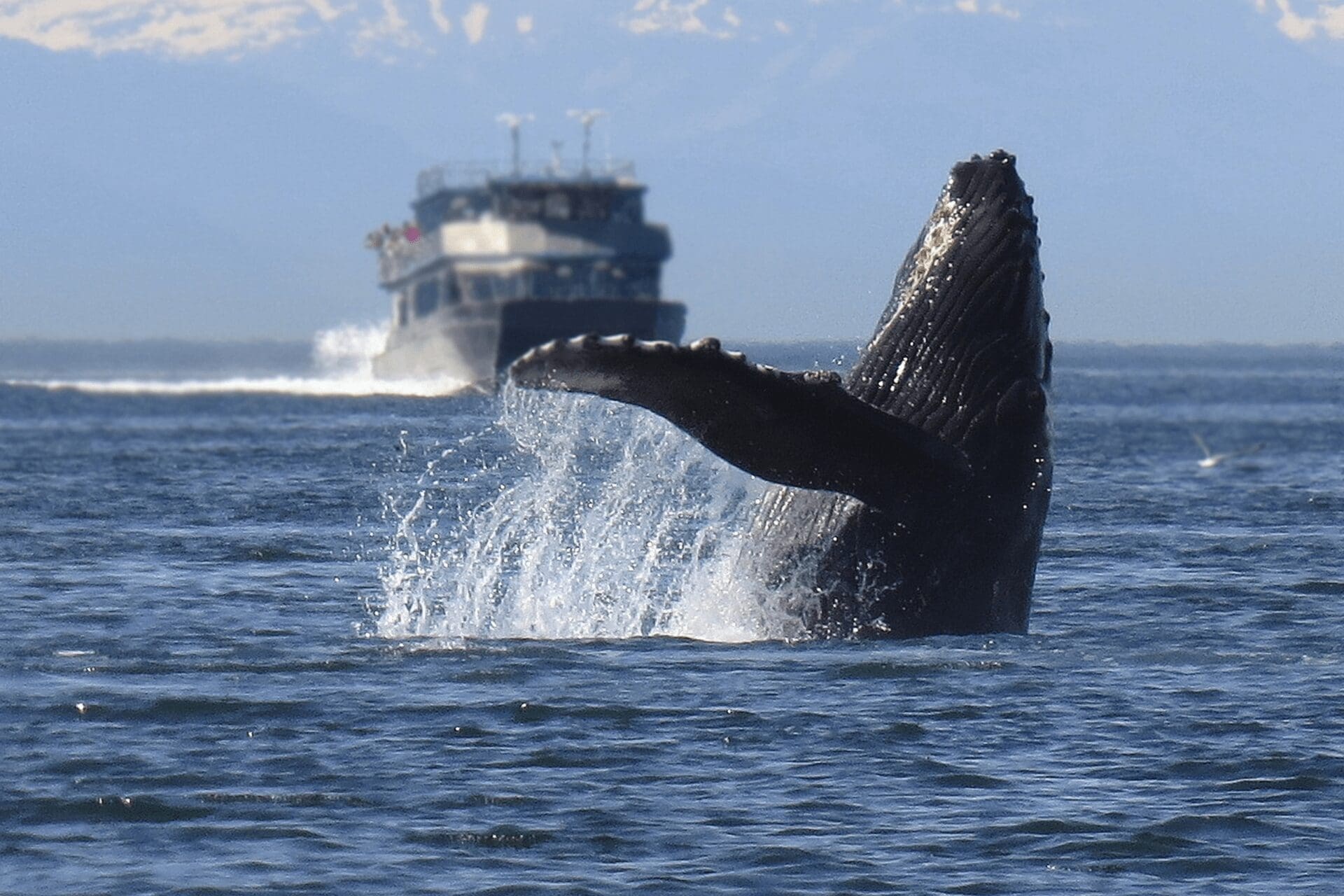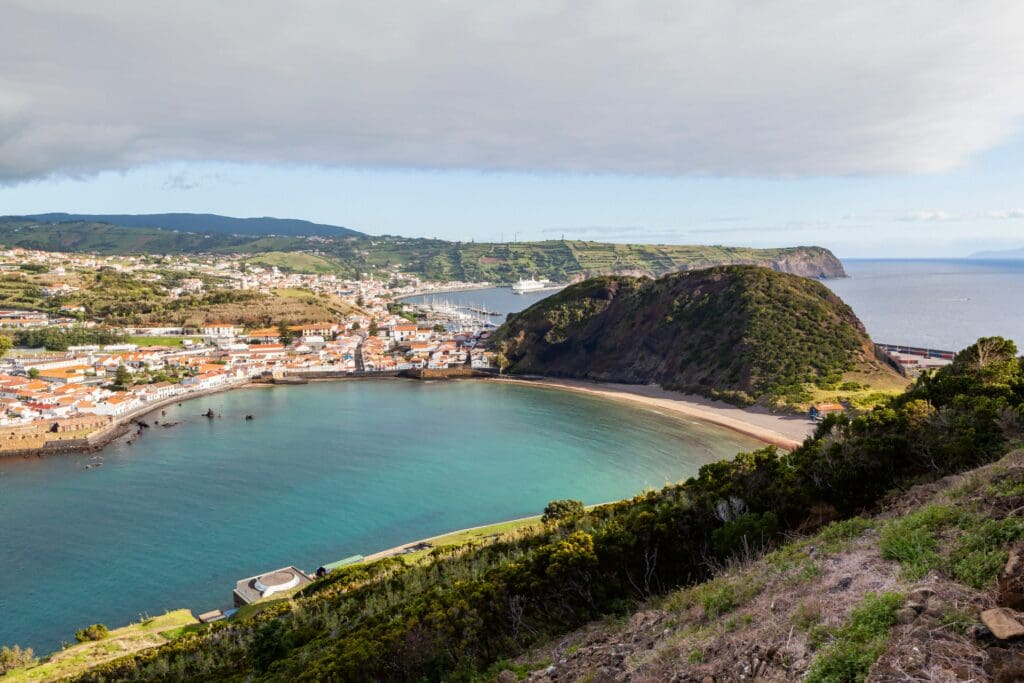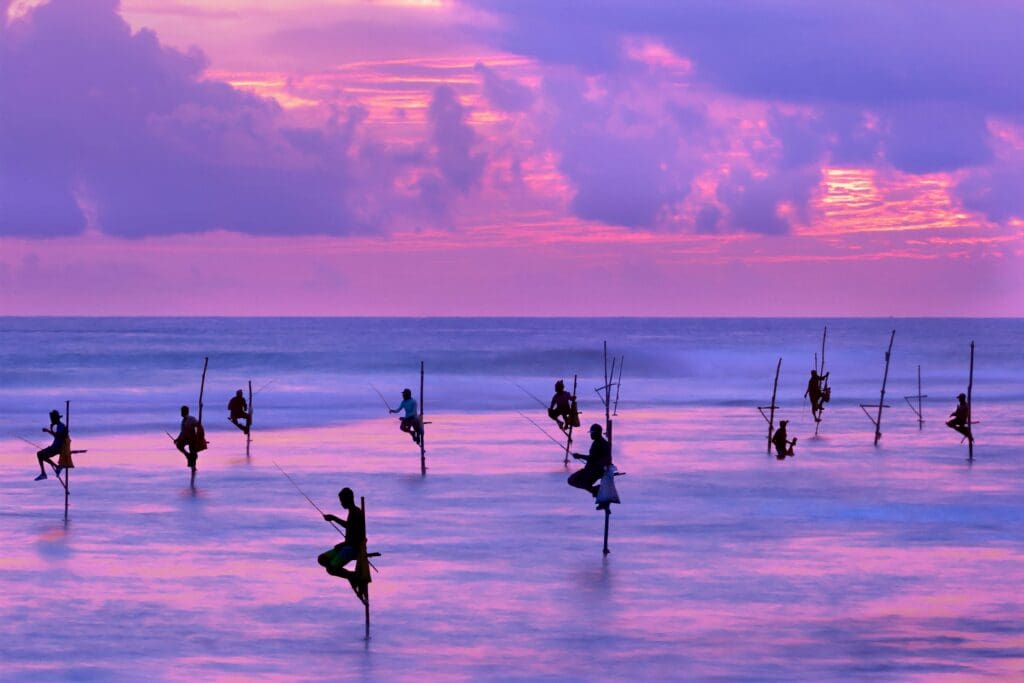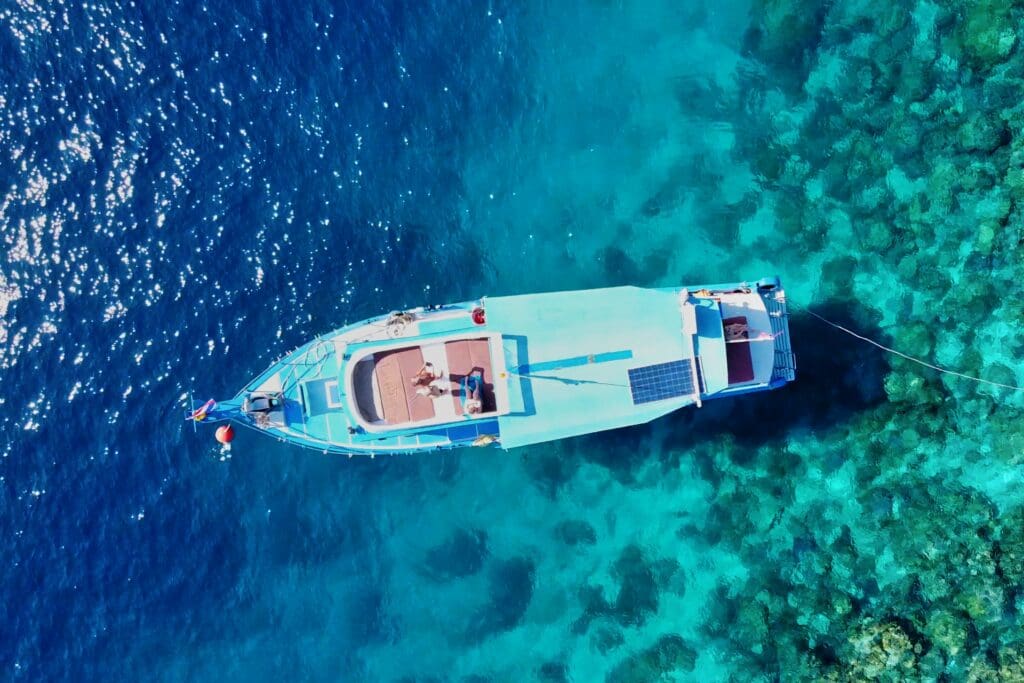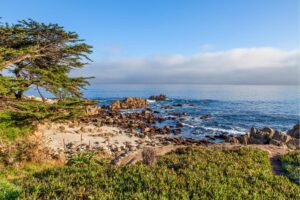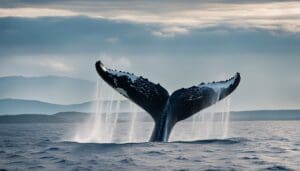Best Whale Watching Season and Locations: All You Need To Know
In this post, you will get the info about the best whale watching season and all the essential information on the top locations around the world for this awe-inspiring activity.
| Region | Country | City/Area | Best Whale Watching Season (Month) | Types of Whales |
|---|---|---|---|---|
| North America | Canada | Bay of Fundy | June – October | Humpback, Minke, North Atlantic Right |
| North America | USA | Cape Cod, MA | June – September | Humpback, Minke, Fin |
| North America | USA | Bar Harbor, ME | Summer | Fin, Minke, Humpback |
| North America | USA | Alaska | June – August | Humpback, Orca, Gray |
| North America | USA | California Coast | Year-round | Blue, Gray, Humpback |
| Latin America | Mexico | Baja California Sur | December – April | Humpbacks, Blue, Orcas |
| Latin America | Costa Rica | Playa Panama | December – April | Humpback |
| Latin America | Panama | Pearl Islands, Taboga Island | January – March | Humpback |
| Latin America | Ecuador | Galapagos Islands | June – September | Blue, Sperm |
| Europe | Norway | Andenes and Vesterålen, Tromsø and Lofoten Islands, Svalbard, Fjords around Skjervøy | November – January | Orca, Humpback, Sperm |
| Europe | Iceland | Husavik, Akureyri, Reykjavik, Snaefellsnes Peninsula, the Westfjords | May – September | Minke, Humpback, Blue |
| Europe | Portugal | Azores | April – October | Sperm, Blue |
| Europe | Scotland | Hebrides | May – September | Minke |
| Europe | Spain | Canary Islands | Year-round | Pilot, Occasionally Blue |
| Oceania | Australia | Hervey Bay | July – November | Humpback, Southern Right |
| Oceania | Australia | Ningaloo Reef | June – October | Humpback, Southern Right |
| Oceania | New Zealand | Kaikoura | Year-round | Sperm |
| Oceania | New Zealand | Hauraki Gulf | September – March | Orca |
| Oceania | Tonga | Tongatapu, ‘Eua, Ha’apai, Vava’u | July – October | Humpback |
| Africa | South Africa | Hermanus | June – December | Southern Right |
| Africa | Madagascar | Île Sainte-Marie | July – September | Humpback |
| Asia | Sri Lanka | Mirissa | December – April | Blue, Sperm |
| Asia | Japan | Okinawa | December – April | Humpback |
It is about the Whale Migration Patterns
Whale migration is an amazing journey that these huge creatures take every year, and it’s all about survival. Think of it as their way of ensuring they have enough to eat and a safe place to have their babies.
Here’s how it works: when the seasons change, so does the food in the ocean. Whales follow their food, meaning they travel long distances across the sea.
In places where it gets really cold, whales spend their summer chowing down on lots of krill and small fish, which are superabundant then. But when winter rolls around, and the food gets scarce, they head off to warmer waters.
This trip isn’t just about finding more food – it’s also where they have their babies. Warmer waters are safer for the little ones, keeping them away from predators and helping them grow up in a cozy environment.
Knowing about these migrations is super important for those who love watching whales. It helps you figure out the best times and places to see them.
For example, if you want to spot humpback whales, you need to know when they move from their cold, food-rich homes to warmer spots for breeding.
Understanding this migration is exciting and makes you appreciate these incredible animals even more. By planning your whale-watching trips around their travel schedule, you’re more likely to see them and catch them in action, living their best whale lives.
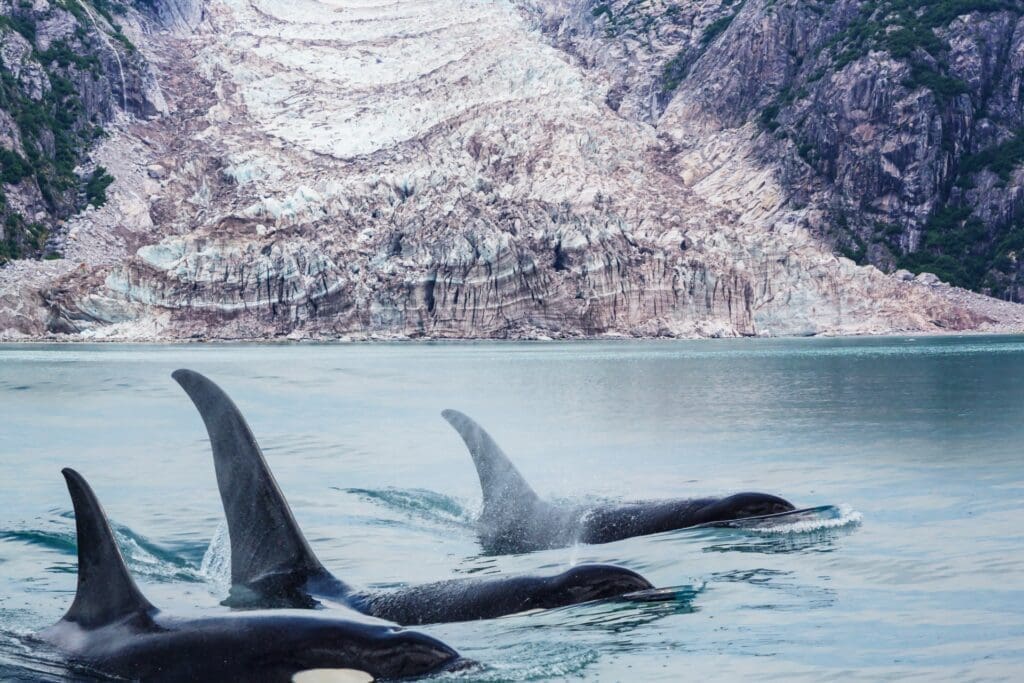

Optimal Whale Watching Seasons
Each whale species follows its own migratory path, making certain times of the year ideal for spotting them. It’s like a natural calendar where the whales set the dates, and we get to be part of their incredible journey.
Winter: A Time for Southern Migrations (December to February)
- Baja California, Mexico: This region becomes a haven for gray whales. They’re often seen breaching and spy-hopping, providing a thrilling spectacle. Local tours offer close encounters, ensuring a memorable experience.
- Hawaii and the Caribbean: Humpback whales migrate here to breed and give birth, making these waters a nursery of sorts. Boat tours and coastal viewpoints offer great vantage points for observing these gentle giants.
Spring: The Season of Coastal Travels (March to May)
- California Coast: Known for its blue and gray whale sightings, this area offers boat tours and excellent land-based viewing spots, like Point Reyes National Seashore.
- Atlantic Coasts of Canada and New England: Here, fin and humpback whales are often seen. Coastal towns often host whale festivals, adding cultural charm to the whale-watching experience.
Summer: Feeding Frenzies in Cooler Waters (June to August)
- Alaska: A hotspot for humpback and orca sightings. Many tours offer combined wildlife viewing, including seals and eagles, enhancing the overall experience.
- Iceland and Norway: These destinations are ideal for seeing minke and blue whales. Midnight sun tours in Norway offer a unique whale-watching experience under the ethereal Arctic light.
Fall: Witnessing the Return Journey (September to November)
- South Pacific: Humpback whales are often seen here with their calves. Whale watching combines snorkeling opportunities, offering a closer look at marine life.
- South Africa and Argentina: Southern right whales are the stars here. Coastal towns like Hermanus in South Africa offer cliff-top viewing platforms for spectacular sightings.
Understanding Local Variations
- Research and Planning: It’s crucial to research the specific whale-watching season of your chosen destination. This can vary even within the same country or region.
- Local Tours: Engaging with local tours provides the best viewing opportunities and supports local conservation efforts. They often have marine biologists on board who offer insightful commentary.
- Equipment and Preparation: Binoculars are a must for those planning land-based viewing. Dressing in layers is recommended, as coastal weather can be unpredictable.
- Responsible Watching: Always choose tours that respect wildlife regulations and maintain a safe distance from the whales. Responsible watching ensures the safety of the whales and a sustainable future for whale watching.
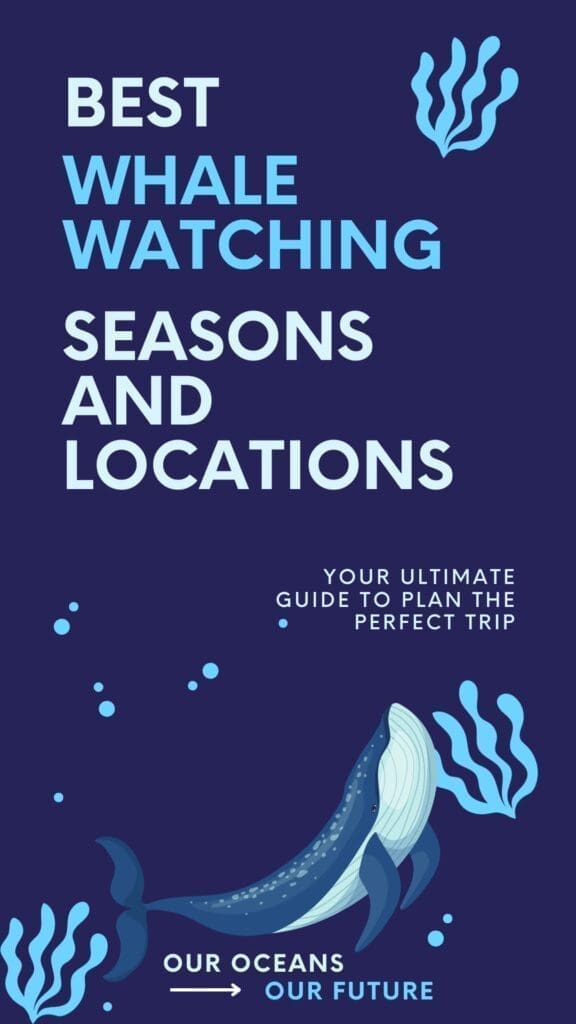

The optimal whale-watching season varies depending on the location and the species of whales being observed.
In the Azores, the whale-watching season lasts from April to October, with sperm whales being spotted year-round.
In Southern Africa, the best time for boat-based whale watching is from June to early December, with Southern Right Whale sightings guaranteed during this period.
In Portugal, the best whale-watching season tends to be from spring to autumn, with more than 25 different cetacean species reported in the Azores waters. Larger whales, such as blue whales, can be seen in the Azores from April to May, while humpbacks are easier to spot in October.
It’s important to note that whale-watching conditions can vary depending on weather and other factors, and it’s best to check with the specific tour operator for the most up-to-date information on optimal whale-watching seasons.
By considering these details, you can plan their trips more effectively, ensuring they have the best possible experience while respecting these magnificent creatures’ natural behavior and habitat.
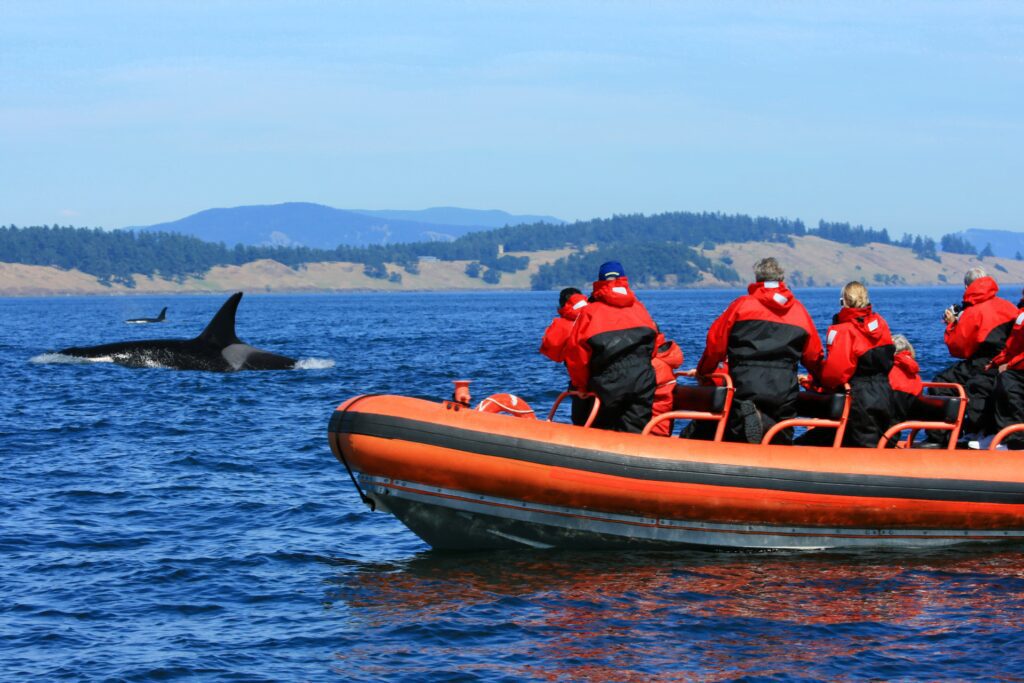

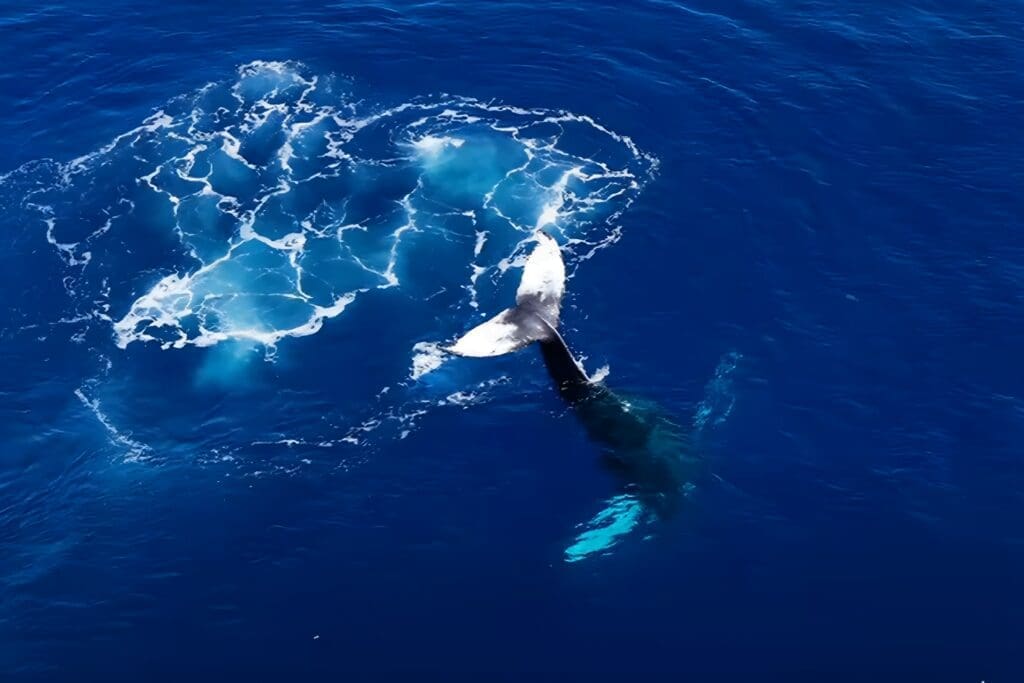

Top Whale-Watching Destinations Worldwide
North America: East and West Coast Hotspots
- East Coast:
- Cape Cod, Massachusetts: A prime location for humpback, minke, and fin whales.
- Bay of Fundy, Canada: Attracts several whale species, including the rare North Atlantic right whale.
- Bar Harbor, Maine: Known for sightings of fin, minke, and humpback whales, especially in the summer months.
- West Coast:
- Alaska: Offers humpback, orca, and gray whale sightings in areas like Kenai Fjords and Glacier Bay National Park.
- Baja California, Mexico: Famous for gray whale migrations and breeding grounds.
- California Coast: From the Farallon Islands to San Diego, home to blue, gray, and humpback whales.
Latin America: Tropical Whale Watching Adventures
- Baja California Sur, Mexico: Spot humpbacks, blue whales, and orcas.
- Costa Rica and Panama: Ideal for humpback whale sightings.
- Ecuador: The Galapagos Islands offer unique whale watching experiences, including sightings of blue and sperm whales.
Europe: From the Arctic to the Mediterranean
- Norway: Known for orcas, humpback, and sperm whales in Arctic waters.
- Iceland: Home to minke, humpback, and occasionally blue whales.
- Azores, Portugal: A hotspot for sperm whales, blue whales, and more.
- Scotland: The waters around the Hebrides are known for minke whale sightings.
- Spain: The Canary Islands offer opportunities to see pilot whales and sometimes even blue whales.
Oceania: Australia and Beyond
- Australia: Hotspots like Hervey Bay and Ningaloo Reef are good for humpbacks and southern right whales.
- New Zealand: Sperm whales are in Kaikoura, and orcas are in the Hauraki Gulf.
- Tonga: Known for humpback whale sightings, especially from July to October.
Africa: Diverse Whale-Watching Opportunities
- South Africa: Hermanus is known as one of the best land-based whale-watching spots, primarily for southern right whales.
- Madagascar: Offers sightings of humpback whales, especially around Île Sainte-Marie.
Asia: Emerging Whale-Watching Destinations
- Sri Lanka: The waters off Mirissa are known for blue and sperm whale sightings.
- Japan: The Okinawa islands offer opportunities to see humpback whales.
Each destination provides a unique window into the world of whales, offering diverse experiences from the icy Arctic to the warm tropical waters. Whether you’re an avid whale watcher or a curious traveler, these locations promise unforgettable encounters with these magnificent marine giants.
Whale Watching Tips
Whale watching can be an unforgettable experience, but a little preparation goes a long way. Here are some essential tips to make your trip successful and enjoyable:
By following these tips, you can ensure that your whale-watching experience is enjoyable and respectful of the magnificent creatures you’re there to see.
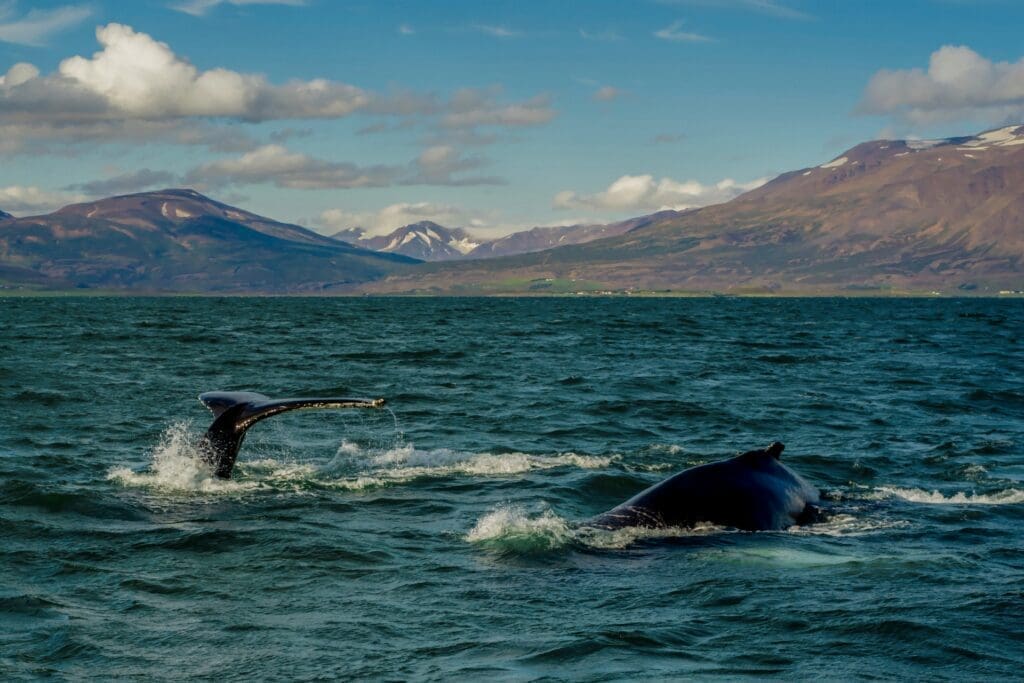

Conclusion
Here’s a summary organized by season, highlighting the best locations for whale watching during each period:
- Winter (December – February):
- Baja California, Mexico: Ideal for gray whale sightings.
- Hawaii and the Caribbean: Great for humpback whale watching.
- Various Locations in Latin America: Known for humpback whales.
- Spring (March – May):
- California Coast, USA: Spot blue and gray whales.
- Atlantic Coast of Canada and New England, USA: Prime for fin and humpback whales.
- Portugal: Offers opportunities for various whale sightings.
- Summer (June – August):
- Alaska, USA: Known for humpback and orca sightings.
- Iceland and Norway: Ideal for minke, blue, and other whale species.
- Australia: Humpback and southern right whales are common.
- Fall (September – November):
- South Pacific: Humpback whales are often sighted.
- South Africa and Argentina: Known for southern right whales.
- Portugal: Continues to be a good location for various whale species.
This seasonal guide will help you to plan the perfect whale-watching trip, ensuring enthusiasts visit the right place at the right time for an unforgettable experience.
Additional Resources:

